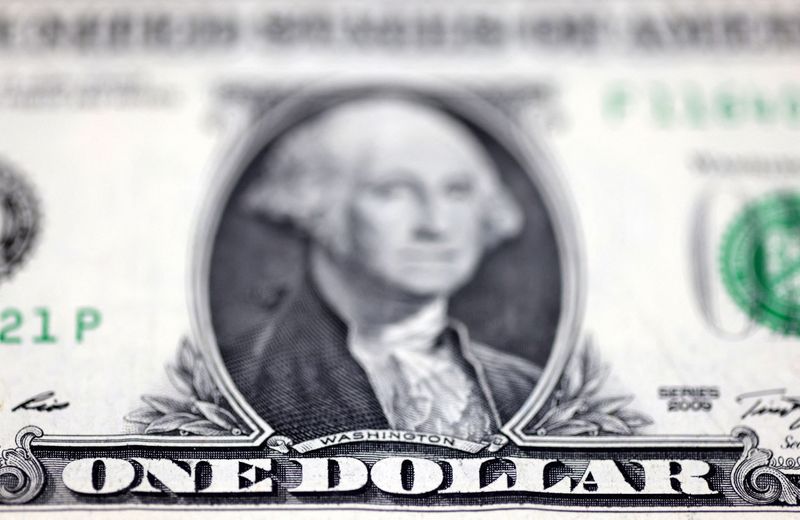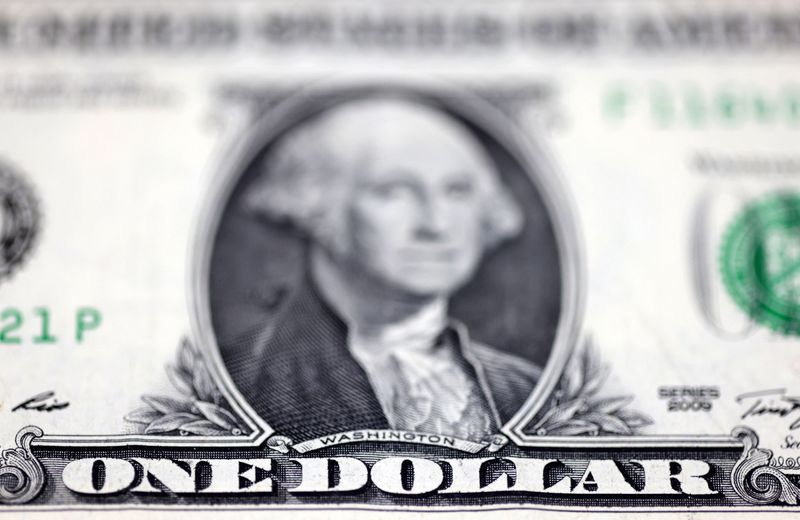Forex
Asia FX edges lower, dollar steady before PPI, retail sales data


© Reuters
Investing.com– Most Asian currencies retreated on Thursday, while the dollar steadied from recent gains as markets sought more cues on U.S. interest rates from producer inflation and retail sales data due later in the day.
Regional currencies were still reeling from a stronger-than-expected U.S. print earlier this week, which ramped up bets that the Federal Reserve will take its time in reducing interest rates.
Dollar steady as data dump comes before Fed meeting
The and steadied in Asian trade on Thursday after reversing some of their gains earlier this week.
Focus was largely on more inflation cues from and data, especially after Tuesday’s hotter-than-expected CPI print.
The data also comes just days before a next week, where the central bank is widely expected to keep rates on hold and offer scant cues on when it plans to begin trimming rates.
Japanese yen consolidates as BOJ meeting approaches
The , which had mostly outperformed its regional peers this week, relinquished a bulk of its gains on Wednesday and Thursday.
Negotiations between major Japanese employers and employee unions pointed to bumper increases in wages over the coming months- a trend that is likely to keep inflation underpinned in the coming months.
Sticky inflation and higher inflation are the two biggest considerations for the Bank of Japan to begin winding down its negative interest rates and yield curve control (YCC) policies- a scenario that bodes well for the yen.
The BOJ is , with media reports suggesting that an end to negative rates and YCC could come either then or during an April meeting. Recent signs of resilience in the Japanese economy also gave more credence to expectations of a less dovish BOJ.
But a former BOJ official said on Thursday that the bank will take its time in normalizing policy after ending its negative interest rate regime- indicating that Japanese interest rates will rise marginally this year.
Broader Asian currencies trended lower as focus remained on the upcoming U.S. data. The fell 0.1 after strength in commodity prices pushed a currency to a near two-month high in recent sessions.
The fell 0.1%, amid persistent doubts over an economic recovery in the country.
The and lost 0.2% and 0.1%, respectively, while the steadied after recovering sharply from the 83 level this month.

 Forex3 years ago
Forex3 years agoForex Today: the dollar is gaining strength amid gloomy sentiment at the start of the Fed’s week

 Forex3 years ago
Forex3 years agoUnbiased review of Pocket Option broker

 Forex3 years ago
Forex3 years agoDollar to pound sterling exchange rate today: Pound plummeted to its lowest since 1985

 Forex3 years ago
Forex3 years agoHow is the Australian dollar doing today?

 Cryptocurrency3 years ago
Cryptocurrency3 years agoWhat happened in the crypto market – current events today

 World3 years ago
World3 years agoWhy are modern video games an art form?

 Commodities3 years ago
Commodities3 years agoCopper continues to fall in price on expectations of lower demand in China

 Economy3 years ago
Economy3 years agoCrude oil tankers double in price due to EU anti-Russian sanctions


























